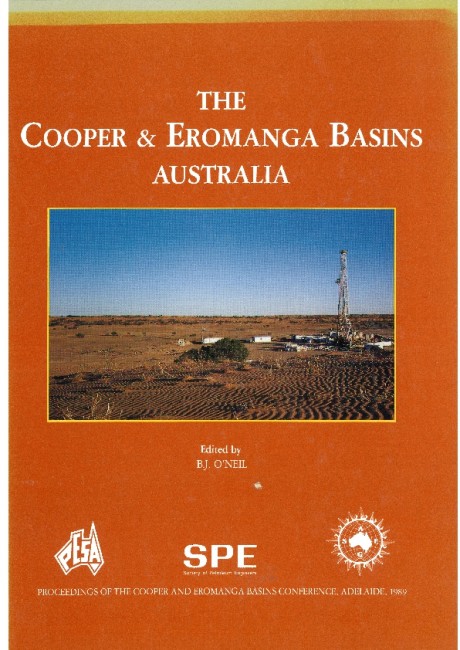Publication Name: The Cooper & Eromanga Basins Australia
Authors: J. Pinchin and M. Bayly
Date Published: June 1989
Number of Pages: 21
Reference Type: Book Section
Abstract:
Seismic reflection resolution has improved to the point where two-way times may be mapped with a precision ofa few milliseconds, and the greatest error in depth prediction, especially across many of the fields in the Cooper and Eromanga Basins, is measurement of the vertical velocity profile. Seismic stacking velocities are generally accurate to only a few per cent, but by averaging many seismic velocity analyses on a tight grid of lines, statistical errors in these velocity measurements can be reduced. An analysis of stacking velocities across the Jena and Ulandi Oil Fields in the Cooper Basin of South Australia was used to provide comparative predictions of prognosed depths for several development wells. The accuracy of the results was less than that achieved by using adjacent well data alone, and it is thought that the reason for this is the effect of short wavelength lateral velocity changes upon the stacking velocity determinations. The conclusion is that although stacking velocities can be used for regional depth predictions, their detailed use in areas of rapid lateral velocity variations can produce erroneous answers.


